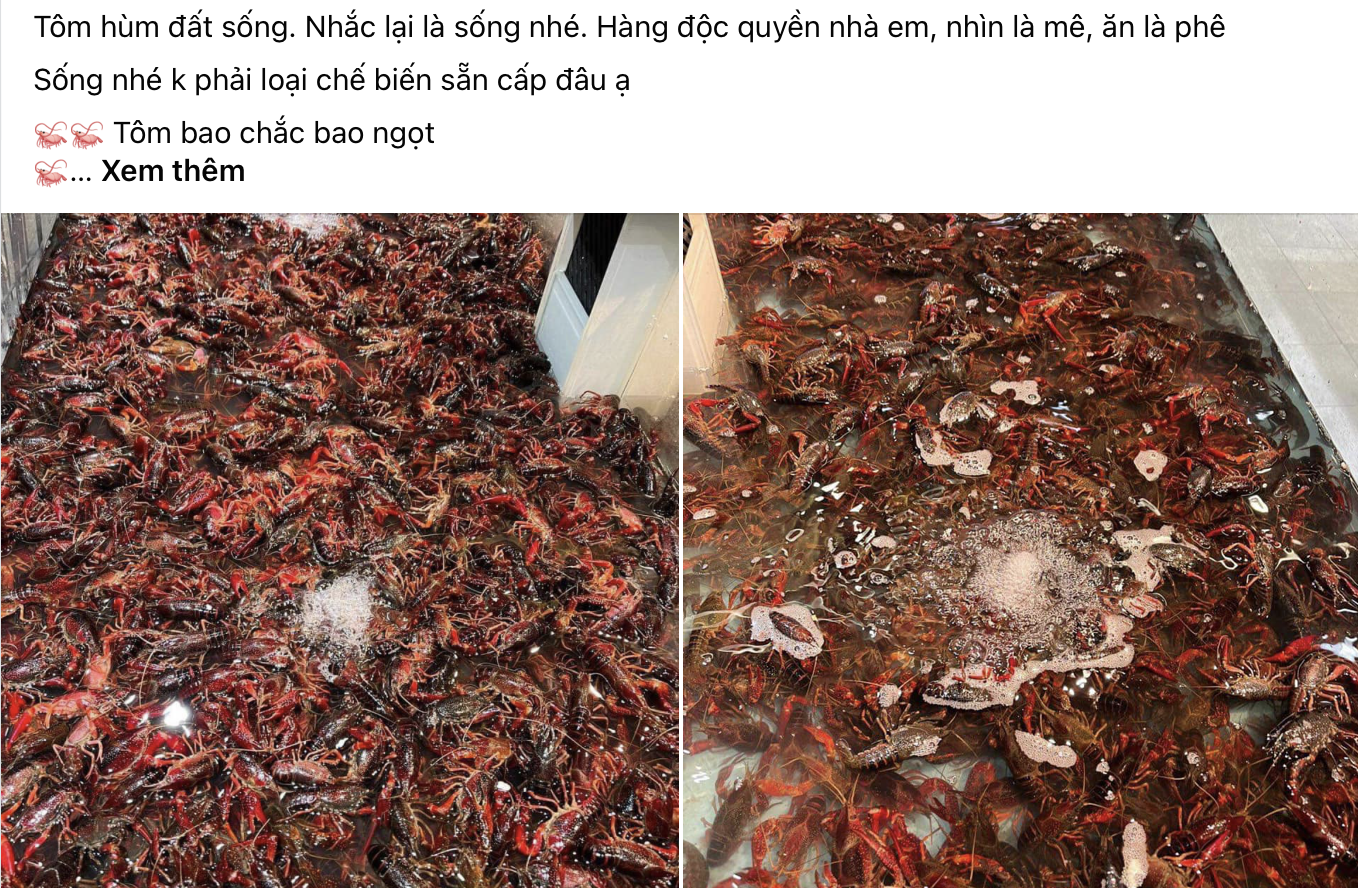
Recent media reports highlighted that authorities have discovered smuggled crayfish being sold in Vietnam. To protect the environment and mitigate negative impacts on agricultural production, the General Department of Customs has instructed provincial and city customs departments to enhance their inspection and control efforts.
The directive from the General Department of Customs emphasizes the need for customs branches and control teams to collaborate closely with state management agencies. They are instructed to implement rigorous measures to inspect and control the import of crayfish and to combat illegal transportation of these species into Vietnam.
The General Department of Customs cited Clause 7, Article 7, and Article 50 of the Law on Biodiversity No. 20/2008/QH12, which prohibits the import and development of invasive alien species, including those at risk of invasion.
According to Appendix IV issued with Decree No. 37/2024/ND-CP dated April 4, 2024, which amends Decree No. 26/2019/ND-CP on fisheries, crayfish (Procambarus clarkii) are not listed as aquatic species permitted for trade in Vietnam. Circular No. 35/2018/TT-BTNMT dated December 28, 2018, by the Ministry of Natural Resources and Environment, identifies Procambarus clarkii as an invasive alien species.
Previously, VietNamNet reported that crayfish from China are being sold in Vietnamese markets at prices ranging from VND 360,000 to 400,000 per kilogram. Sellers claim that these crayfish can survive a whole day on land without water and up to a week in a tank.
Despite these claims, crayfish are considered a significant threat to the agricultural industry, with many countries having faced severe consequences after introducing them.
Although the import and sale of crayfish are banned in Vietnam, traders continue to sell them, and consumers remain largely unaware of the risks and legal prohibitions.
The General Department of Customs is taking decisive action to address the influx of invasive alien species like crayfish into Vietnam. Enhanced inspection and control measures, along with coordination between various agencies, are essential to prevent environmental damage and protect agricultural production from these harmful species.
Tam An